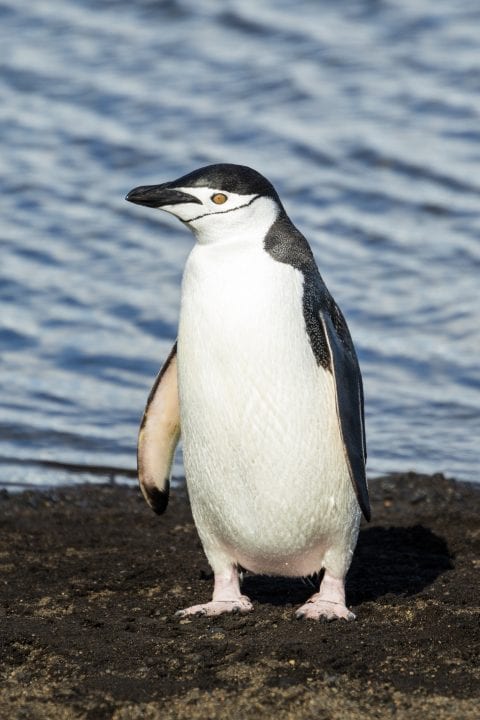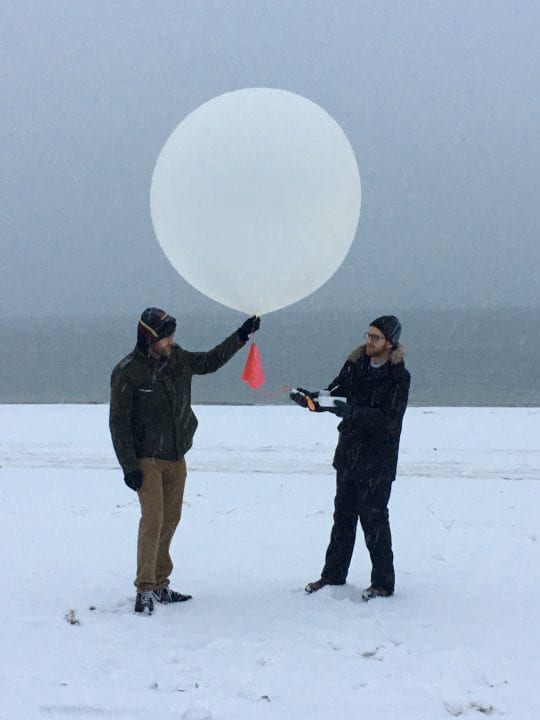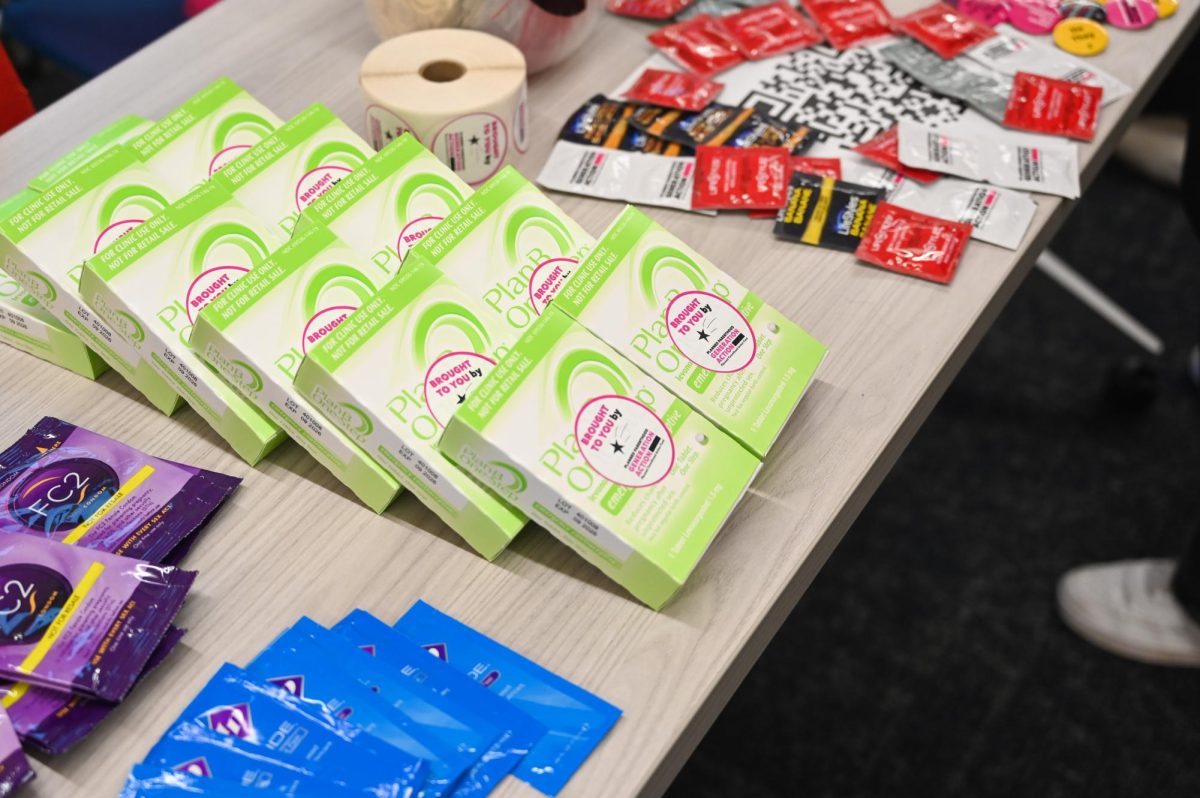
Timothy Sarro is the Treasurer of the Astronomy Club.
As you may have heard, there’s water on Mars. Awesome! Except we kind of already knew that, and the water is more like a muddy brine and it’s full of corrosive, toxic salts, but still, pretty awesome. So what’s the big deal about there being water on Mars? Scientists recently published a paper in the journal Nature Geoscience entitled “Spectral Evidence for Hydrated Salts in Recurring Slope Lineae on Mars.” That sounds like pretty complicated science talk, but it’s simpler than it sounds and, despite my comments earlier, this discovery is a huge breakthrough for understanding our red neighbor.
Like I said, we’ve known about water on Mars for a while—frozen water is all over its poles. But this time, the water is liquid.
Mars is pretty cold, well below zero degrees Fahrenheit on average, so water usually stays frozen on the surface. Although the temperature on Earth can be warm enough to melt ice, Mars is different. Earth’s atmosphere applies enough pressure to keep water in liquid form at average Earth temperatures, but not too much pressure to flatten us into mush like Venus’s atmosphere would. Mars’ atmosphere, however, is 100x thinner than Earth’s. At such low pressures, liquid water turns immediately to vapor, unless you have some salt laying around.
Have you ever wondered why salt is put down when it snows? Salt lowers the melting point of water and the pressure at which water evaporates, meaning salt water will stay liquid at colder temperatures and lower pressures than normal water. Salts that occur naturally and abundantly on the Martian surface have the same effects. But let’s make something clear—the liquid water on Mars is more like a muddy brine. There are no lakes or rivers, or even puddles on Mars. Just salty, but fascinating, mud.
And don’t think you can season your fries with Martian salts, either. These are perchlorate salts, not the chloride salts we eat. Perchlorates are toxic to humans and they mess with your thyroid gland. Too many perchlorate salts and you won’t last too long after your meal. Now, how did they find this toxic salty mud brine in the first place? Understanding the paper’s title might help us.
The title, again, is “Spectral evidence for hydrated salts in recurring slope lineae on Mars.” Recurring slope lineae, or RSL for short, are pretty much just dark lines in the Martian soil we can see running down mountain slopes. “Spectral evidence” refers to scientists using a spectrometer, a special camera that uses the wavelengths, or more simply the colors, of light an object gives off to tell what that object is made of. “Hydrated salts” refers to the wet salts we talked about earlier. So the title translated to English reads, “Special cameras say dark soil lines running down mountains on Mars have wet salts in them.”
The scientist can see these lines, the RSL, using the HiRISE (High Resolution Imaging Science Experiment) camera on the Mars Reconnaissance Orbiter, a satellite orbiting the planet. These lines only appear during warmer Martian seasons. We see them run down the sides of mountains until the seasons turn colder. When the lines are visible, scientists use a spectrometer to determine the RSLs are made of hydrated-perchlorates, those wet toxic salts.
Though bad for us, many tiny organisms prosper in these types of salty environments, or any environment for that matter. We often call these organisms “extremophiles” because they can survive almost anywhere, even in the soul-crushing vacuum of space. Knowing of such creatures, we come to the question you’ve probably been thinking about this whole time: Is there life on Mars?
Sorry, we honestly don’t know. We only took pictures of the RSL, and it’s pretty hard seeing microbes from space. Of course, we could send our friend, the Mars Curiosity Rover, to check it out for us, but that might actually be a bad idea. Some stowaway Earth bacteria remains on Curiosity. If Curiosity went to one of these RSL sites, the Earth bacteria could contaminate the sample, or even contaminate the entire RSL.
It might be best to wait on the life question for a bit, but you can bet we want that answer soon. For now, though, let’s just appreciate how cool Mars can be.
FEATURED IMAGE CREDIT: MENDHAK


















